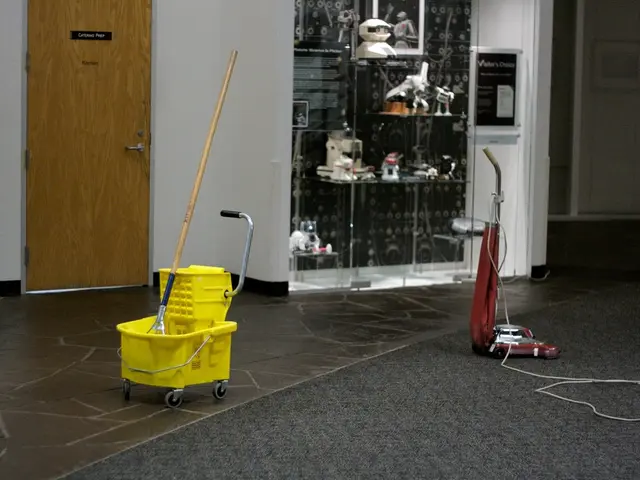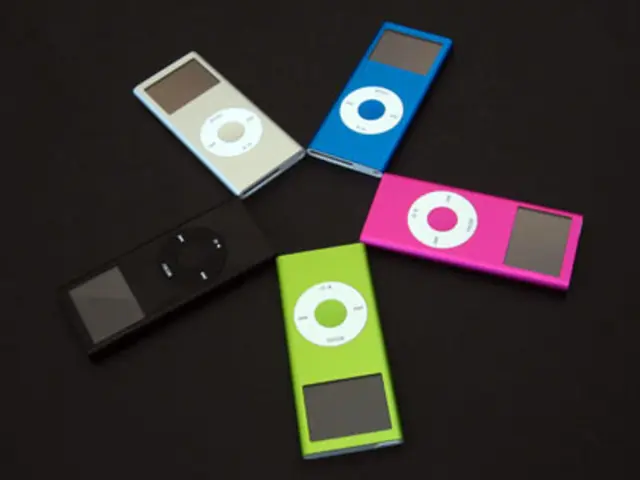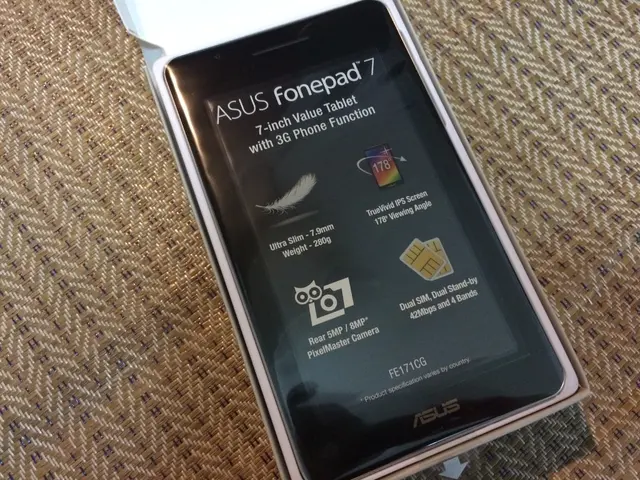Streamline Bluetooth connections, audio industry peers! Unify your pairing procedures for seamless user experience!
Dang, it's a relief to live in a world that finally decided to unify cable connections with the rise of USB-C. From wireless speakers and earbuds to digital music players, the USB-C cable is here to save our sanity, as we wave goodbye to those dreaded USB-A, micro-USB, and even Apple's Lightning cables.
Too often, we've wasted entire days searching for the freakin' right cable, buried in some mysterious drawer along with forgotten batteries, unidentifiable keys, and abandoned passports. But now, the USB-C cable can charge up your iPhone and power up your JBL speaker. It's like an answer to our prayers – at least for now.
So, with USB-C nailing the standards game, one must ponder: why can't they conquer Bluetooth pairing procedures too? It's a question that's been on everybody's mind, especially after witnessing the drive for a USB-C world motivated by performance, waste reduction, and environmental factors.
Sure, Bluetooth pairing has other challenges, but the fact is, we've managed to achieve unification in the past. And, honestly, Bluetooth pairing NEEDS uniformity. How many times have you fumbled with a new, possibly unique, pairing procedure required to get a device up and running?
For reviewers like us who live and die by testing the latest wireless devices? Well, it's a fricken nightmare. Multiple pairing processes, some intuitive, others as clunky as a Stack-On sliding security drawer, and some that are just downright unhelpful. It's enough to make even the most level-headed reviewer want to smash a perfectly good pair of headphones against a wall.
It's espcially frustrating when brands vie for unique pairing methods, whether it's Bowers & Wilkins sliding Bluetooth/power toggle, Sony's single power and pairing button, or Bose's dedicated Bluetooth button. It's the agony of choice, folks, a maddening game of guesswork and trial-and-error.
And don't get us started on wireless earbuds – the land mines of pairing procedures wrapped in a tiny, sleek package. It's like a minesweeper game where the kaboom comes instead of a cute little flag. Sometimes you press and hold both earbuds while they're in your ears; sometimes it's just a case of removing them from the charging case; sometimes it's Sony's pairing button. Sometimes it just seems maddeningly arbitrary.
Then there are Bluetooth speakers. We're usually on safer ground here, with a dedicated Bluetooth pairing button that simply needs to be pressed and/or held to initiate the desired process. That's the case on the JBL Flip 7 and Charge 6, say, or the new Bang & Olufsen Beosound A1 (3rd Gen). Needless to say, we haven't found too many portable units that stray from the path.
But, here's the kicker – sometimes you don't have a Bluetooth speaker placed in or over your ears to discover whether or not it's performing the pairing procedure. And, well, that can make the whole process just a touch trickier when you're caught between wanting to see the button you require and needing to hear the chime or prompt telling you that you're actually performing the correct part of this particular ritual.
Unifying Bluetooth pairing procedures may seem like an impossible dream, but we can all agree it's an ultimate goal worth striving for. Imagine a world where there's a single, dedicated pairing button for wireless headphones, a case-mounted button for wireless earbuds, and a signposted Bluetooth toggle on portable speakers.
Of course, we're not expecting a summit of brands and manufacturers to make life easier for a single journalist. But, we are saying, why make things more complicated than they need to be? After all, modern users crave a seamless experience, and sometimes manufacturers can forget that their end users aren't all tech-savvy twenty-somethings for whom wireless connectivity is par for the course. It's like writing an essay, and using excessive jargon or complicated sentence structures will alienate certain readers. Keep it simple, and everyone can understand what's being said!
MORE:
- Sony WH-1000XM6 vs WH-1000XM4: Which noise-cancelling headphones should you buy?
- 7 sound settings and control hacks you need to try on the Sony WH-1000XM6
- These are our picks for the Best Bluetooth speakers
- Reviewers often find it challenging when brands implement unique Bluetooth pairing methods, such as Bowers & Wilkins' sliding Bluetooth/power toggle, Sony's single power and pairing button, or Bose's dedicated Bluetooth button.
- Unifying Bluetooth pairing procedures can help reduce frustration for users, especially when dealing with various wireless devices, from headphones to speakers.
- In an ideal world, there would be a single, dedicated pairing button for wireless headphones, a case-mounted button for wireless earbuds, and a signposted Bluetooth toggle on portable speakers.
- The JBL Flip 7, Charge 6, and the new Bang & Olufsen Beosound A1 are examples of portable speakers with dedicated Bluetooth pairing buttons, making the process less complicated.
- Sometimes, finding the correct button or prompt for pairing can be tricky, especially when the device doesn't have an easy-to-find Bluetooth speaker or when it's not placed in the user's ears.
- When buying new wireless gadgets, looking for gadgets with simple, intuitive pairing procedures can help ensure a smoother user experience.
- The USB-C unification in cable connections offers a glimpse of hope for future Bluetooth pairing procedures unification, making life easier for technology enthusiasts and novices alike.








